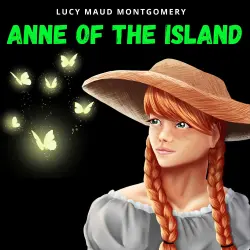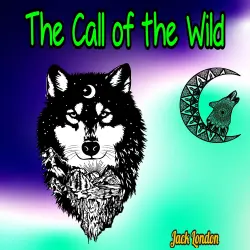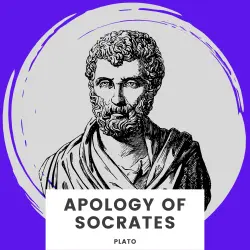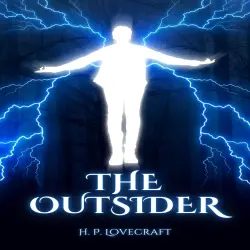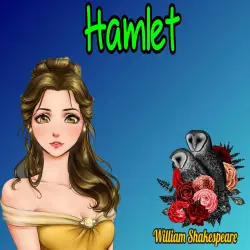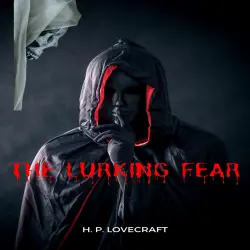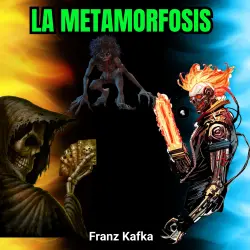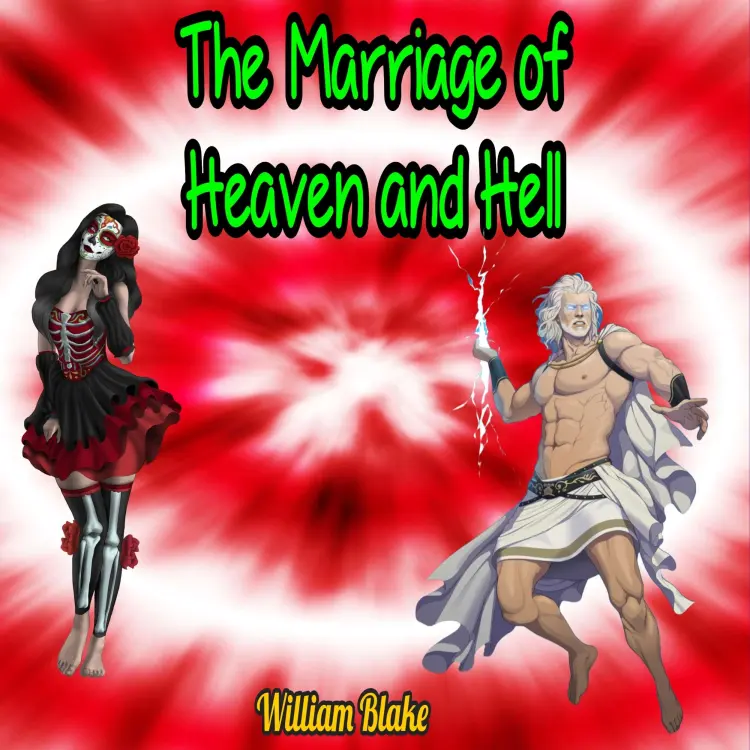
The Marriage of Heaven and Hell
William Blake
Unabridged
41 minutes
Note: Costs may be incurred for playing the audio books or audio plays on the respective platforms, e.g. Spotify. Lismio has no influence on which audiobooks and audio plays are available on the service.
Some articles contain affiliate links (marked with an asterisk *). If you click on these links and purchase products, we will receive a small commission at no extra cost to you. Your support helps to keep this site running and to continue creating useful content. Thank you for your support!
From the publisher
The Marriage of Heaven and Hell by William Blake is a book by the English poet and printmaker William Blake. It is a series of texts written in imitation of biblical prophecy but expressing Blake's own intensely personal Romantic and revolutionary beliefs. Like his other books, it was published as printed sheets from etched plates containing prose, poetry, and illustrations. The plates were then coloured by Blake and his wife Catherine.
It opens with an introduction of a short poem entitled "Rintrah roars and shakes his fires in the burden'd air".
William Blake claims that John Milton was a true poet and his epic poem Paradise Lost was "of the Devil's party without knowing it". He also claims that Milton's Satan was truly his Messiah.
The work was composed between 1790 and 1793, in the period of radical ferment and political conflict during the French Revolution. The title is an ironic reference to Emanuel Swedenborg's theological work Heaven and Hell, published in Latin 33 years earlier. Swedenborg is directly cited and criticized by Blake in several places in the Marriage. Though Blake was influenced by his grand and mystical cosmic conception, Swedenborg's conventional moral strictures and his Manichaean view of good and evil led Blake to express a deliberately depolarized and unified vision of the cosmos in which the material world and physical desire are equally part of the divine order; hence, a marriage of heaven and hell. The book is written in prose, except for the opening "Argument" and the "Song of Liberty". The book describes the poet's visit to Hell, a device adopted by Blake from Dante's Divine Comedy and Milton's Paradise Lost.
Interpretation:
Blake's theory of contraries was not a belief in opposites but rather a belief that each person reflects the contrary nature of God, and that progression in life is impossible without contraries. Moreover, he explores the contrary nature of reason and of energy, believing that two types of people existed: the "energetic creators" and the "rational organizers", or, as he calls them in The Marriage of Heaven and Hell, the "devils" and "angels". Both are necessary to life according to Blake.
Blake's text has been interpreted in many ways. It certainly forms part of the revolutionary culture of the period. The references to the printing-house suggest the underground radical printers producing revolutionary pamphlets at the time. Ink-blackened printworkers were comically referred to as a "printer's devil", and revolutionary publications were regularly denounced from the pulpits as the work of the devil.
It opens with an introduction of a short poem entitled "Rintrah roars and shakes his fires in the burden'd air".
William Blake claims that John Milton was a true poet and his epic poem Paradise Lost was "of the Devil's party without knowing it". He also claims that Milton's Satan was truly his Messiah.
The work was composed between 1790 and 1793, in the period of radical ferment and political conflict during the French Revolution. The title is an ironic reference to Emanuel Swedenborg's theological work Heaven and Hell, published in Latin 33 years earlier. Swedenborg is directly cited and criticized by Blake in several places in the Marriage. Though Blake was influenced by his grand and mystical cosmic conception, Swedenborg's conventional moral strictures and his Manichaean view of good and evil led Blake to express a deliberately depolarized and unified vision of the cosmos in which the material world and physical desire are equally part of the divine order; hence, a marriage of heaven and hell. The book is written in prose, except for the opening "Argument" and the "Song of Liberty". The book describes the poet's visit to Hell, a device adopted by Blake from Dante's Divine Comedy and Milton's Paradise Lost.
Interpretation:
Blake's theory of contraries was not a belief in opposites but rather a belief that each person reflects the contrary nature of God, and that progression in life is impossible without contraries. Moreover, he explores the contrary nature of reason and of energy, believing that two types of people existed: the "energetic creators" and the "rational organizers", or, as he calls them in The Marriage of Heaven and Hell, the "devils" and "angels". Both are necessary to life according to Blake.
Blake's text has been interpreted in many ways. It certainly forms part of the revolutionary culture of the period. The references to the printing-house suggest the underground radical printers producing revolutionary pamphlets at the time. Ink-blackened printworkers were comically referred to as a "printer's devil", and revolutionary publications were regularly denounced from the pulpits as the work of the devil.


